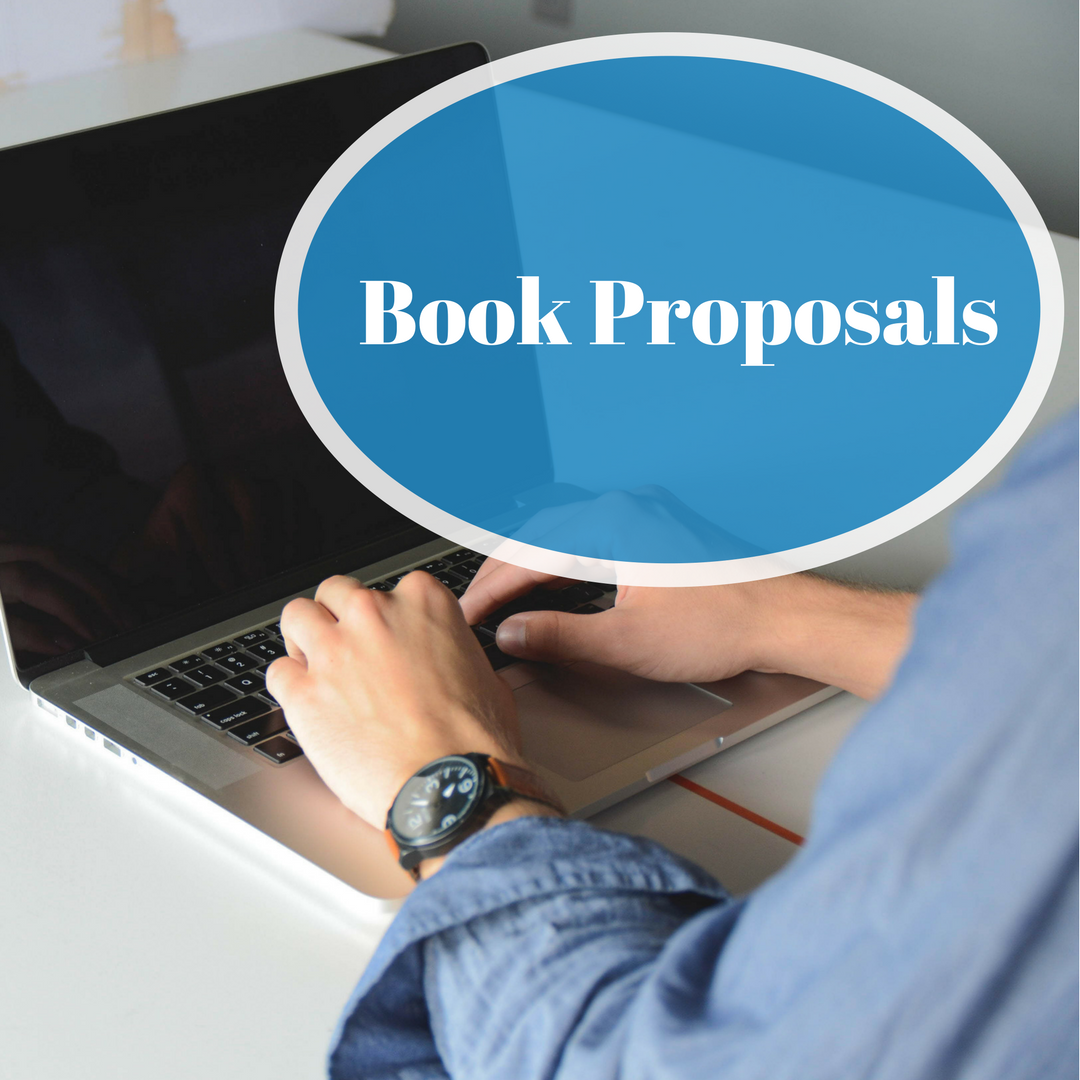The most difficult element to find in your book proposal is something that is missing or not there. I encourage you to read this article to the end because in my conclusion, I’m going to give you a free tool to make sure your book proposal isn’t missing any elements.
Currently most submissions to editors and agents are electronic.
One of the consistent failures of authors is to include their physical address and phone number. At Morgan James Publishing, we receive over 5,000 submissions a year and each one are sent a letter of acknowledgement in the US mail. Countless times I have to ask authors for their address and phone number because it is missing from their proposal submission. If you are missing this information, you could be asking for rejection.
Some submissions are still sent through the mail.
It is presumptuous to assume because you invested in an overnight package that the publisher is going to put postage on your manuscript and return it to you. A publisher who receives thousands of unsolicited proposals and manuscripts each year will not invest in the expense of returning such documents. Instead they will be discarded. Only if you include return postage for a letter response or an email address will you be able to receive the rejection or personal feedback from the editor.
Because of the volumes of proposals, publishers are not going to devote their financial resources to returning those without a SASE. The cost is too prohibitive and unnecessary. It is the author’s responsibility to provide the publisher with an email address or return postage for their submission. Neglecting this detail is a dead giveaway that you are unpublished.
Also don’t expect a personal response—even if you met an editor at a writer’s conference and used that information in the introductory paragraph of your cover letter. I have taught at many writers’ conferences, sometimes almost one a month. I have met literally thousands of new people. It’s hard to keep all of those details straight. My schedule was fairly typical for an acquisitions editor in the publishing industry.
No editor likes to write rejection letters, yet it comes with the job description.
Remember also that the editor isn’t running a critique service for your proposal or manuscript when it is rejected. They would like to give a personal response with each rejection, but with the volume of submissions, it simply isn’t possible. If you do get a handwritten note or any sort of personal feedback, realize the encouragement and positive nature of this small sign from the editor—and do take it to heart. If they write, “This one isn’t right for us, but you should keep trying,” then keep trying with a different book proposal.

It is ironic to me that year after year at writers’ conferences I see the same writer trying to sell the same book proposal to the same editors. I admire persistence, but in some cases persistence is taken to ridiculous lengths. If a publishing house turns down your proposal, move on to another publishing house. Some writers work hard on marketing a single nonfiction or fiction book proposal or manuscript and repeatedly walk with great anxiety each day to their mailbox to see if it is accepted. Instead of this single focus, I suggest you turn your attention to another book proposal or a magazine article (something shorter where you can be successful and published). As you take this type of action it will make waiting much easier.
During my years in publishing, I sent proposals to a variety of publishing houses, either personally or through an agent, and some of these proposals have not been sold or contracted. Instead of continuing to push them into the market, I’ve tucked them into a folder and pressed on to another proposal or idea. From my perspective, the world is not limited to a single idea or a single project. You will have far greater success as a writer with multiple projects in the works, instead of continually focusing on a single proposal. When you mail a stack of proposals to publishers or agents, give yourself a few days of rest, then begin writing another book proposal to send out into the market.
During my years of running my own freelance business, I commonly had five different books contracted at any given time. This idea made some writers’ heads swim. They wondered how I kept track of the various projects. I simply staggered the deadlines for the various books and worked on a new proposal and a current manuscript all the time. It gave me a steady stream of work and income. It also meant that when I completed a manuscript or a proposal, I started on another one. You may work differently, but I encourage you to have multiple ideas and multiple proposals in various stages of completion so you will increase your chances of success and publication.
Understand the importance of including a self-addressed, stamped envelope or an email address for a response.
And if you don’t want your proposal or manuscript returned, then be sure your cover letter clearly states this information. It’s a key secret to your success.
In the opening to this article, I promised to give you a free tool to send a complete proposal and not miss a critical aspect. I’ve created a free book proposal checklist. Just follow this link, get it but most importantly read it and use the information for your submissions. I wish every author the greatest success.

W. Terry Whalin, a writer and acquisitions editor lives in California. A former magazine editor and former literary agent, Terry is an acquisitions editor at Morgan James Publishing. He has written more than 60 nonfiction books including Jumpstart Your Publishing Dreams and Billy Graham. To help writers catch the attention of editors and agents, Terry wrote his bestselling Book Proposals That $ell, 21 Secrets To Speed Your Success. Get a free copy of his proposal book (follow the link). Check out his free Ebook, Platform Building Ideas for Every Author. His website is located at: www.terrywhalin.com. Connect with Terry on Twitter, Facebook, his blog and LinkedIn.





No Comments